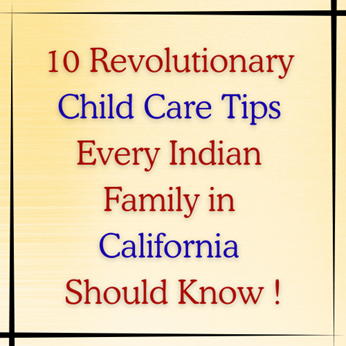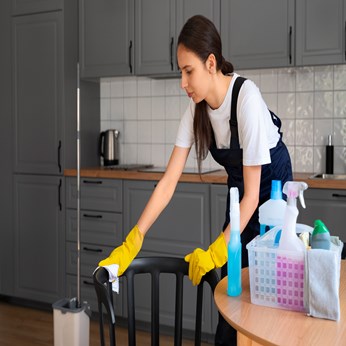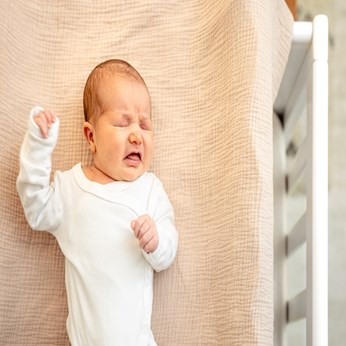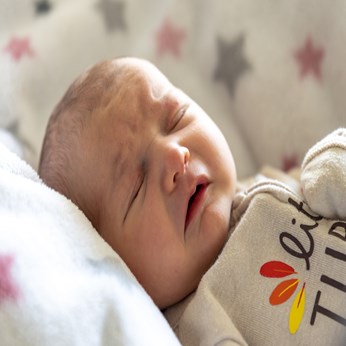How To Prevent And Deal With Diaper Rash
The first time mothers of New York had gathered for a talk on diaper rash by a prominent dermatologist. They were eager to know how they could prevent those red, inflamed, shiny, pimply, dry or moist bottoms of their babies. Diaper rash they felt affected the genitals, outer skin on the folds of their thigh and bottom of their darling infants. The dermatologist understood their concern as she had of many other mothers.
Causes of diaper rash:
The dermatologist started that one of the main causes of diaper rash was the contact with the pee and poo in the diaper; since newborns pee and poo very often they react with each other and reduce the baby’s skin’s ability to protect itself. Diarrhea also makes a baby’s skin susceptible to diaper rash.
She continued that there were other causes also, with the baby’s skin being susceptible to irritation even when the diaper rubs against the skin as he or she moves. A baby could also develop a diaper rash when the skin reacts to chemical in the cleaning agent or a new food in the diet.
Preventing and dealing with diaper rash:
As the young mothers showed interest and listened attentively to the prominent dermatologist, she went on to tell the ways in which diaper rash can be prevented or dealt with.
One of the main reasons why babies develop diaper rash is that they are not kept clean and dry; it is also possible that the baby’s skin is allergic to a particular brand of baby wipes. This calls for washing the baby’s bottom and genitals with plain warm water and a mild fragrance free soap and allowing the area to air dry before using a diaper. A diaper rash also calls for frequent changing of the baby’s diaper.

She went on next to tell the young mothers that it is harmful to use diapers with plastic covers or edges as they retain moisture and raise the temperature of the diaper area providing the most ideal condition for growth of germs. She advised the young mothers that they should not rub the baby’s bottom with a towel after a bath; it could break or irritate the baby’s sensitive skin and help growth of bacteria.
The new mothers were finding the talk very informative, as the dermatologist continued that it was best to use a protective barrier cream like zinc oxide or petroleum jelly before diapering the baby; apply a thin layer on the baby's bottom after each diaper change, but avoid talcum powder. Again it was also essential to make sure that the baby is wearing the right size of the diaper; a too tight diaper could rub against the skin and irritate it, while a loose one could lead to accidents.
The new mothers thanked the dermatologist as she suggested that they could contact her if they had any more problems with their baby’s diaper rash.
Image Courtesy: Bing
Take the next step toward your goals
Share your requirement and find the best care providers in your area
-
Looking for a caretaker’s job? Build your profile and get in touch with families in your vicinity.
-
Discover nannies, babysitters, cooks, housekeepers, pet sitters, and elder care under one roof.
-
Get all the support you need to run a successful care center.
-
Search for appropriate centers near you depending on your needs.
Care Corner Insights: Blog Library

10 Revolutionary Child Care Tips Every Indian Family in California Should Know in 2025
1. Bring India Home — Every Day Your children might grow up in California, but they can still grow with India. Let Indian traditions live inside your home — evening prayers, storytelling in your native language, or cooking regional dishes together.

Deep Cleaning Your House: Room-by-Room Checklist for a Thorough Clean
A sparkling clean home isn’t just about looks—it’s about health, comfort, and peace of mind. Whether you’re prepping for a festival, hosting guests, or just tired of the clutter, a deep clean can transform your space. But where do you start? Here’s a

What are Senior Apartments? Experts Explain Independent Living for Older Adults
As we age, our needs and lifestyles evolve—but one thing remains constant: the desire for independence. Senior apartments are designed precisely with this in mind, offering older adults a living arrangement that balances freedom with comfort, safety,

Baby Sleep Problems: What is Sleep Regression and How to Handle It
If you’re a parent, you know that baby sleep is one of the greatest mysteries of life. One day your little one is snoozing like an angel, and the next day they’re suddenly waking up every hour, fussing, or refusing to nap. Before you panic, there’s a

Daycare Admissions in Cary, NC for New NRI Families: Documents, Health Records, and Start Dates
Moving to a new country is exciting but also comes with many responsibilities—especially when it comes to finding the right daycare for your little one. For new NRI (Non-Resident Indian) families settling in Cary, NC, understanding the daycare

Overnight Babysitters in Bellevue, WA for Business-Travelling NRI Parents: Safety & Policies
For many NRI parents living in Bellevue, WA, frequent business trips are a reality. While traveling, one of the biggest concerns is ensuring your children are safe, cared for, and emotionally supported during overnight stays. Overnight babysitters ca

Indian Home-Style Cooks in Queens, NY: Tiffin-Style Weekly Meal Prep from Your Kitchen
Queens, NY, is home to one of the most diverse food cultures in the country, and Indian cuisine holds a special place among families looking for authentic, comforting meals. While restaurant takeout is convenient, nothing compares to the taste and nu

Baby Sleep Problems: What is Sleep Regression and How to Handle It
If you’re a parent, you know that baby sleep is one of the greatest mysteries of life. One day your little one is snoozing like an angel, and the next day they’re suddenly waking up every hour, fussing, or refusing to nap. Before you panic, there’s a

What is Validation Therapy? A New Approach to Dementia Care
Caring for loved ones with dementia is one of the most emotionally challenging journeys a family can face. Traditional methods often focus on correcting memory lapses or redirecting confused thoughts—but that can sometimes lead to frustration, stress

What is a Part-Time Nanny and Do You Need One
Parenting is a beautiful journey, but let’s be honest—it can also be exhausting! Between work deadlines, household chores, and family responsibilities, sometimes there just aren’t enough hours in a day. That’s where part-time nannies step in, offerin